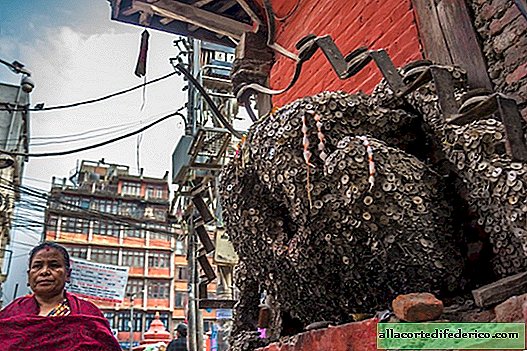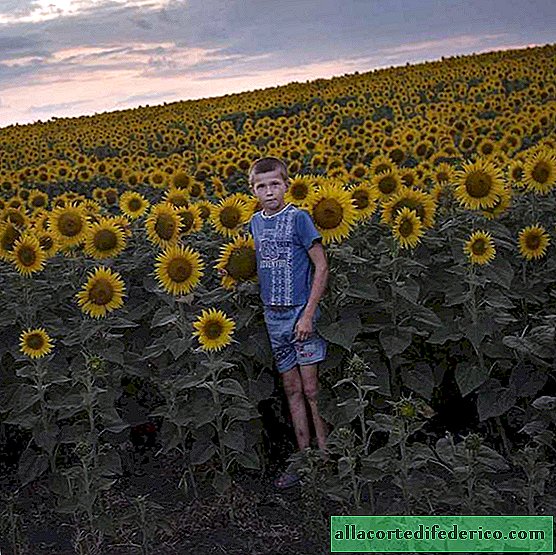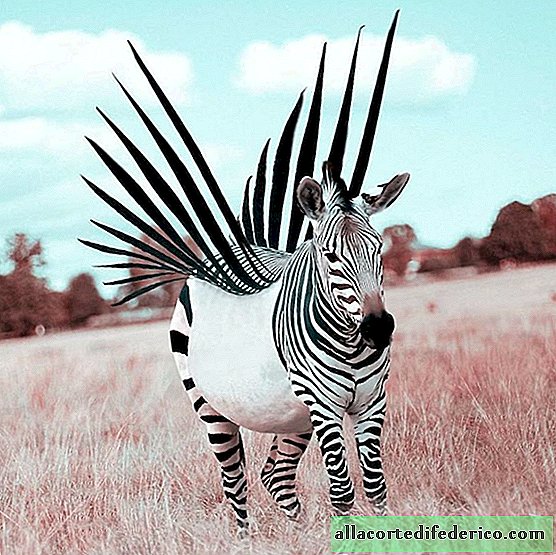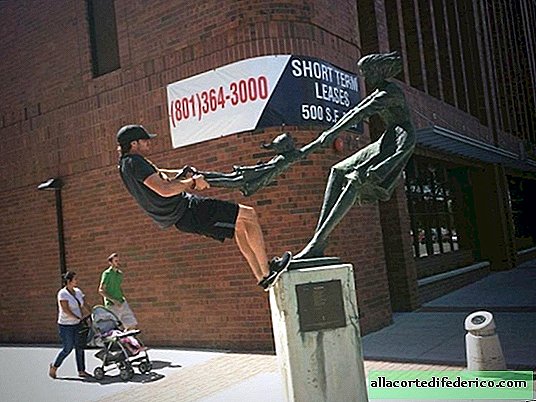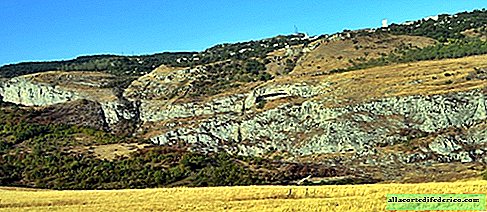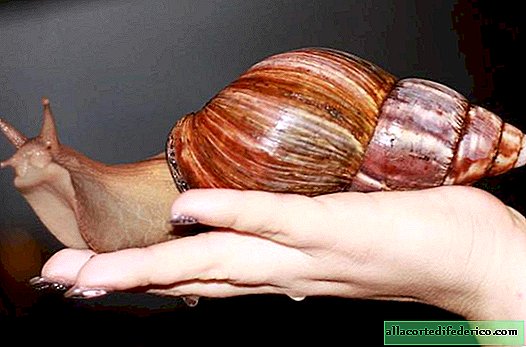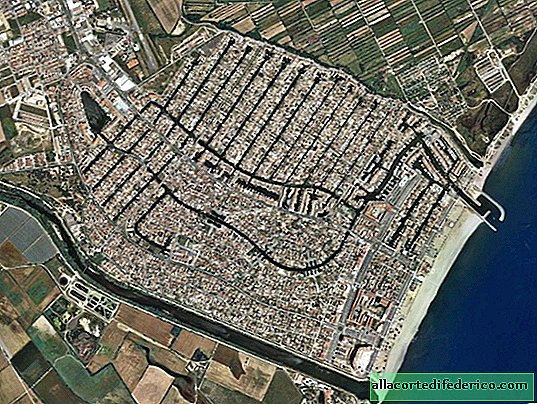Valley of the Kings in Tuva - an outstanding monument of early Scythian culture
The mountains of Southern Siberia contain many archaeological sites that can shed light on the history of the development of human civilization. The Valley of the Kings, located near Kyzyl, the capital of the Republic of Tuva, is one of them. It turned out that the age of the burials located here is much older than previously discovered Black Sea finds, which suggests that the Scythian culture originated in the vastness of southern Siberia and moved west.

In the valley of the Uyuk river, on the territory of the Western Sayan mountains, several mounds were discovered containing many artefacts valuable from an archaeological point of view. Large-scale excavations in this area were carried out in the last century, as well as in the 2000s.

The mound "Arzhaan-1" is located near the village of Arzhan and was explored in the 70s of the twentieth century. Archaeologists believe that the burial was created in the IX-VIII centuries BC. In a mound with a diameter of 120 meters, a central burial was found, apparently belonging to representatives of the nobility, and another 70 burials. The remains of 16 people were found here, buried in special log houses made of larch, as well as more than 150 horses. Despite the fact that the mound was partially plundered in antiquity, household items and jewelry with elements of the animal style characteristic of the Scythian culture were found here.

The nearby Arzhaan-2 mound was investigated during a joint Russian-German archaeological expedition in 2000-2003, as well as with the participation of volunteers in subsequent years. The burial was dated by scientists of the VII century BC. Despite the fact that in ancient times the mound was visited by treasure seekers, it can still be called almost untouched. Here the remains of people were found, most likely belonging to the Scythian nobility, as well as horses. Gold jewelry, weapons, clothes and household items discovered in this mound were named one of the main finds in world archeology of the 21st century. Employees of the State Hermitage Museum, as well as some European centers, were engaged in their restoration.

After excavations of the practically untouched mound "Arzhaan-2", the unique heritage of the Early Scythian era fell into the hands of scientists. One of the findings that surprised scientists was ceramics, which are extremely rare in the monuments of the Scythians of this era. Along with restoration work, genetic examinations of the remains of people and horses were carried out, the composition of weapons, fabrics was studied, as well as wood studies were carried out, which make it possible to judge the climatic characteristics of that time.

Most of the artifacts found in the Valley of the Kings is in the National Museum of Tyva in the city of Kyzyl, the other part is exhibited in the State Hermitage Museum in St. Petersburg.



